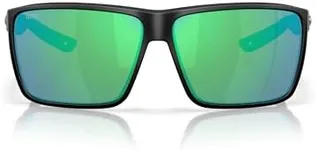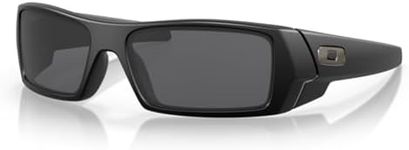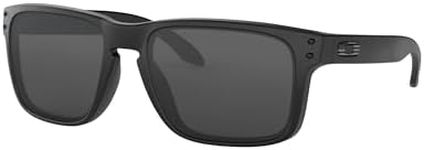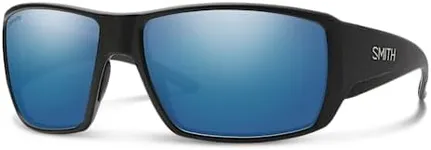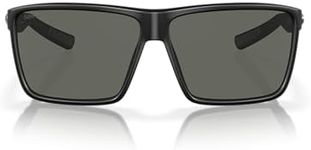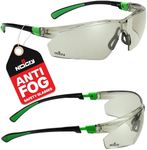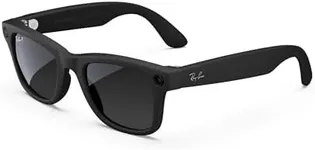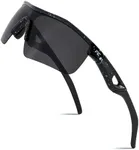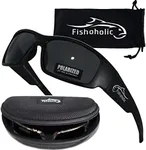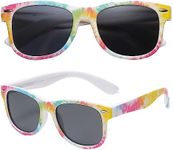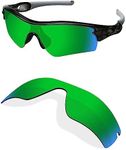Buying Guide for the Best Scratch Proof Sunglasses
When it comes to picking the right scratch-proof sunglasses, it's important to consider several key specifications to ensure you get the best fit for your needs. Scratch-proof sunglasses are designed to be durable and maintain their clarity over time, making them a great investment for anyone who spends a lot of time outdoors or is prone to dropping their glasses. Here are the key specs you should consider and how to navigate them to find the perfect pair for you.Lens MaterialThe lens material is crucial because it determines the durability and clarity of the sunglasses. Common materials include polycarbonate, Trivex, and glass. Polycarbonate lenses are lightweight and highly impact-resistant, making them a good choice for active individuals. Trivex lenses offer similar benefits but with better optical clarity. Glass lenses provide the best optical clarity and scratch resistance but are heavier and can break more easily. Choose a lens material based on your lifestyle and how you plan to use the sunglasses.
Scratch-Resistant CoatingScratch-resistant coatings are applied to the lenses to protect them from minor abrasions and scratches. This coating is essential for maintaining the clarity and longevity of your sunglasses. The effectiveness of the coating can vary, so look for sunglasses that specifically mention a high-quality scratch-resistant coating. If you are someone who tends to be rough with their sunglasses or uses them in environments where they might get scratched, investing in a pair with a superior scratch-resistant coating is advisable.
UV ProtectionUV protection is a critical feature that shields your eyes from harmful ultraviolet rays. Sunglasses should block 100% of UVA and UVB rays to protect your eyes from potential damage. When choosing sunglasses, ensure they offer full UV protection, which is often indicated on the label. This is especially important if you spend a lot of time outdoors, as prolonged exposure to UV rays can lead to eye problems such as cataracts and macular degeneration.
PolarizationPolarized lenses reduce glare from reflective surfaces like water, snow, and glass, making them ideal for activities such as driving, fishing, and skiing. Polarization enhances visual comfort and clarity, reducing eye strain. If you frequently engage in outdoor activities where glare is an issue, polarized lenses can significantly improve your visual experience. However, if you primarily use sunglasses for casual wear, polarization may not be as critical.
Frame MaterialThe frame material affects the durability, weight, and comfort of the sunglasses. Common materials include plastic, metal, and composite. Plastic frames are lightweight and come in various styles but may not be as durable. Metal frames are more durable and offer a sleek look but can be heavier. Composite frames combine the benefits of both, offering durability and lightweight comfort. Choose a frame material that suits your comfort preferences and intended use.
Fit and ComfortFit and comfort are essential for ensuring that your sunglasses stay in place and feel good during extended wear. Look for features like adjustable nose pads, flexible hinges, and a secure fit around the temples. Trying on different styles can help you find the best fit for your face shape and size. If you plan to wear your sunglasses for long periods, prioritize comfort to avoid discomfort and pressure points.
